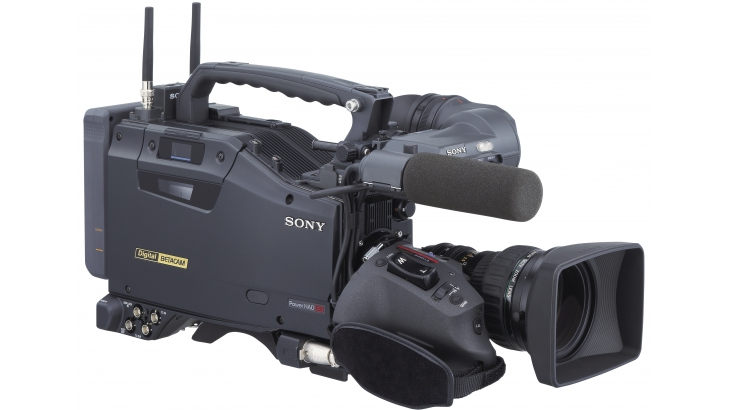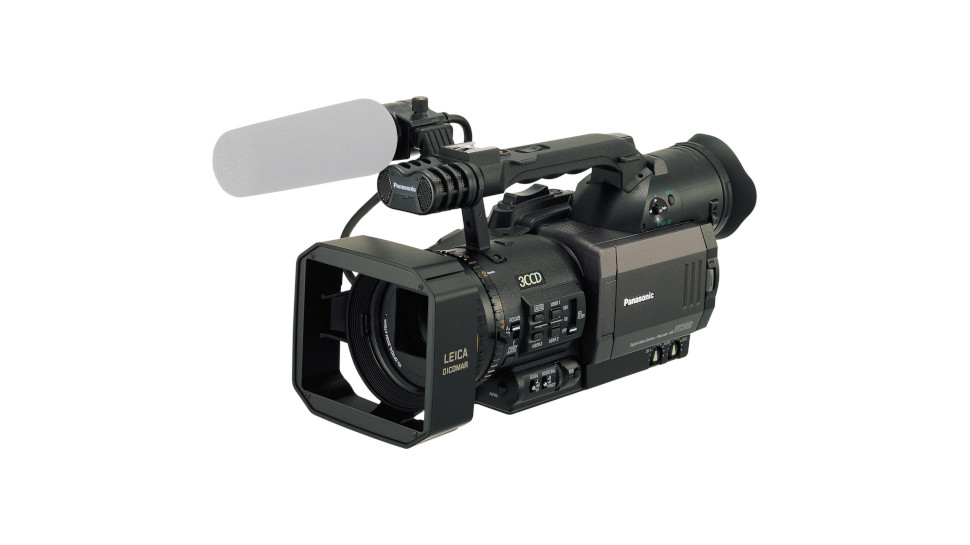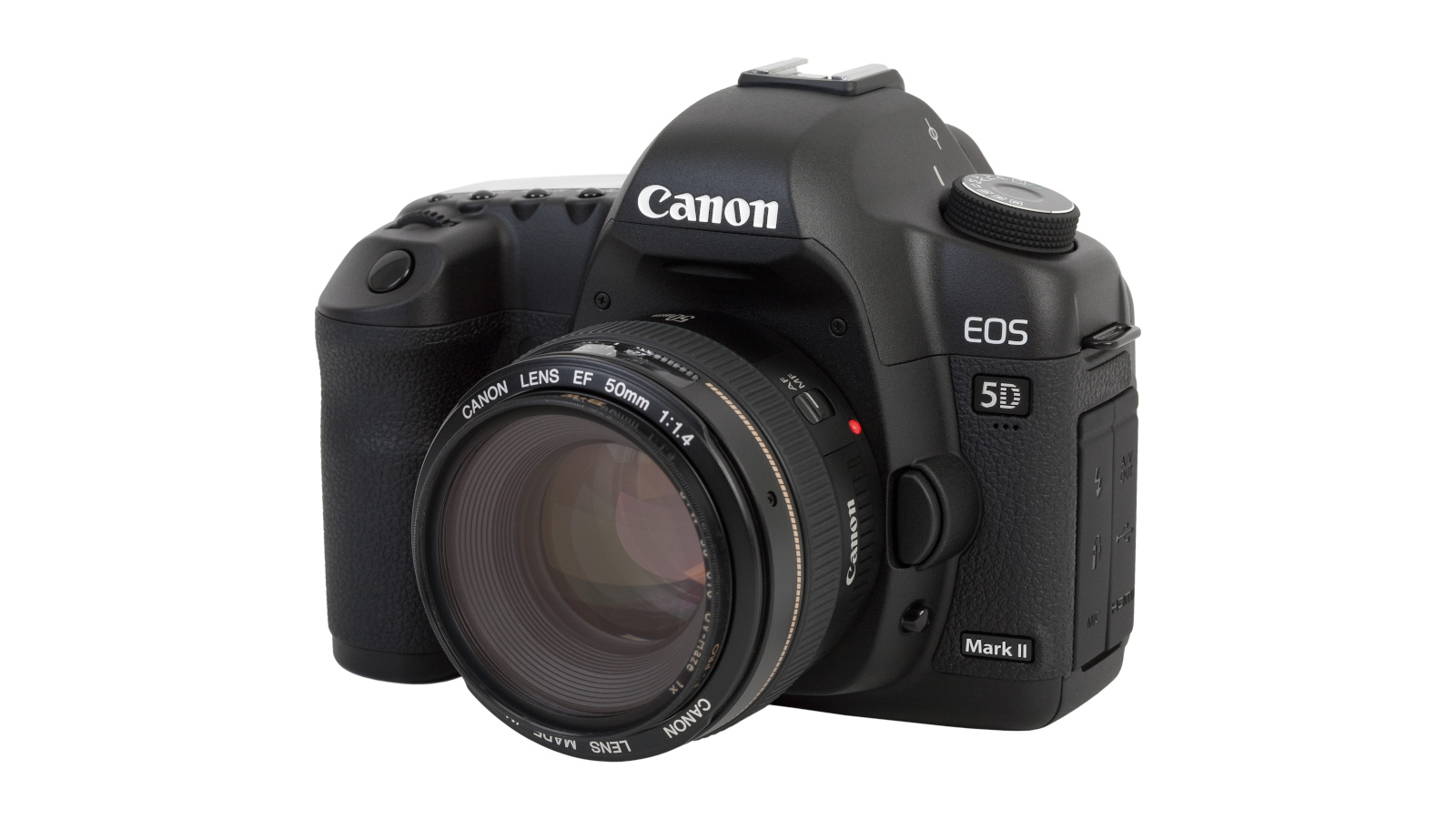10 cameras that changed low-budget filmmaking
A filmmaker has compiled a list of the cameras that changed low-budget cinematography forever. Do you agree?

It’s fair to say that low-budget filmmaking has had many "revolutions" over the years. From the advent of cheap compressed tape to the DSLR that changed everything in the 2000s, filmmaking has been democratized by cheaper cameras and systems that made consumer video more accessible than ever before.
YouTuber wolfcrow, the alias of filmmaker Sareesh Sudhakaran, has compiled a list of the top ten cameras that changed filmmaking forever. Starting in the 1990s, and running right up to the 2020s, wolfcrow’s list looks at all the major shifts in consumer filmmaking, and how they influenced not only the amateur end of the spectrum, but the professional world of filmmaking.
• Read more: Best cameras for video
You can watch the full video below, and read on for a teaser look at the first few cameras that Sudhakaran selected…
1. Sony DigiBeta
Also known as the Sony Digital Betacam, this camera arrived all the way back in 1993. It recorded video in a compressed format to a tape that would hold about 40 minutes of footage. The setup required you to buy Digital Betacam decks to offload the 10-bit 4:2:2 footage so, while it was complicated and expensive, it was noticeably cheaper than the Betacam formats that had come before.
Where the revolution really happened was in television as well as low-budget filmmaking, as it became much cheaper to shoot large volumes of footage. In the video, wolfcrow says he remembers film crews in India working with Digibeta well into the 2000s!
2. Sony PD150
Once the DV (digital video) standard arrived, low-budget filmmaking got cheaper and more accessible than ever – this is largely why there was such a boom in home movies post-1996. One of the standout DV cameras, and number two on the list, was the Sony PD150, which had XLR inputs and a 1/3-inch CCD sensor, while also being small enough to take anywhere.
The best camera deals, reviews, product advice, and unmissable photography news, direct to your inbox!
Filmmakers like David Lynch and Michael Winterbottom tried out the Sony PD150 in the early to mid 2000s, and for many it was the kind of interstitial stepping stone that took them from film to digital. Many, like Lynch, never looked back.
3. Panasonic DVX100B
After DV gave way to miniDV, the Panasonic DVX100B came along, providing digital filmmakers with something they’d been craving: the true 24p frame rate. Twenty-four frames per second is so beloved by filmmakers because it is seen as the true 'cinematic' frame-rate (as it’s the same frame rate delivered by motion picture film).
The Panasonic DVX100B was the camcorder that delivered the 24p frame-rate, shortly before the advent of high definition. While lots of amateur filmmakers loved the camera for its ability to provide a cinematic look, it found its way into the industry proper, too – the first few seasons of It’s Always Sunny in Philadelphia were shot on this camera.
4. JVC HD110U/111E
As mentioned, the HD revolution was just around the corner, and one of the most popular cameras for this era was the JVC HD110U/111E. While there were plenty of cameras jostling for competition in this space, the JVC HD110U/111E had a big advantage in that it offered interchangeable lenses, giving filmmakers much more flexibility.
5. Canon EOS 5D Mark II
Cheaper than comparable DSLRs, the Canon EOS 5D Mark II changed up the filmmaking world by providing shooters with the means to create shots with shallow depth of field. It was the first EOS camera to provide video recording, and the first full-frame DSLR to shoot 1080p.
After hankering for shallow depth of field for years, filmmakers flocked to the 5D Mark II. Loads of big-budget films and TV shows from the 2010s include shots from this camera – including everything from House MD to Marvel's The Avengers – and later its successor the Canon EOS 5D Mark III.
The rest of the top ten includes some interesting choices – and some controversial ones, like the Canon EOS R5, which some of the video’s commenters disagree with. To see everything that was included, make sure you check out the rest of the video!
Read more:
Best cinema cameras
Best cameras for filmmaking
Canon EOS R5 review
Jon spent years at IPC Media writing features, news, reviews and other photography content for publications such as Amateur Photographer and What Digital Camera in both print and digital form. With his additional experience for outlets like Photomonitor, this makes Jon one of our go-to specialists when it comes to all aspects of photography, from cameras and action cameras to lenses and memory cards, flash diffusers and triggers, batteries and memory cards, selfie sticks and gimbals, and much more besides.
An NCTJ-qualified journalist, he has also contributed to Shortlist, The Skinny, ThreeWeeks Edinburgh, The Guardian, Trusted Reviews, CreativeBLOQ, and probably quite a few others I’ve forgotten.






